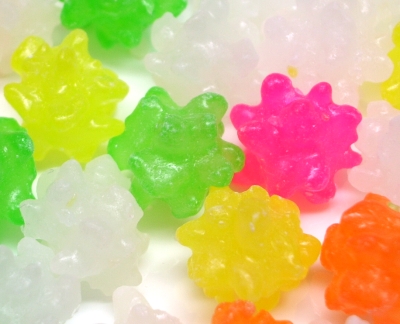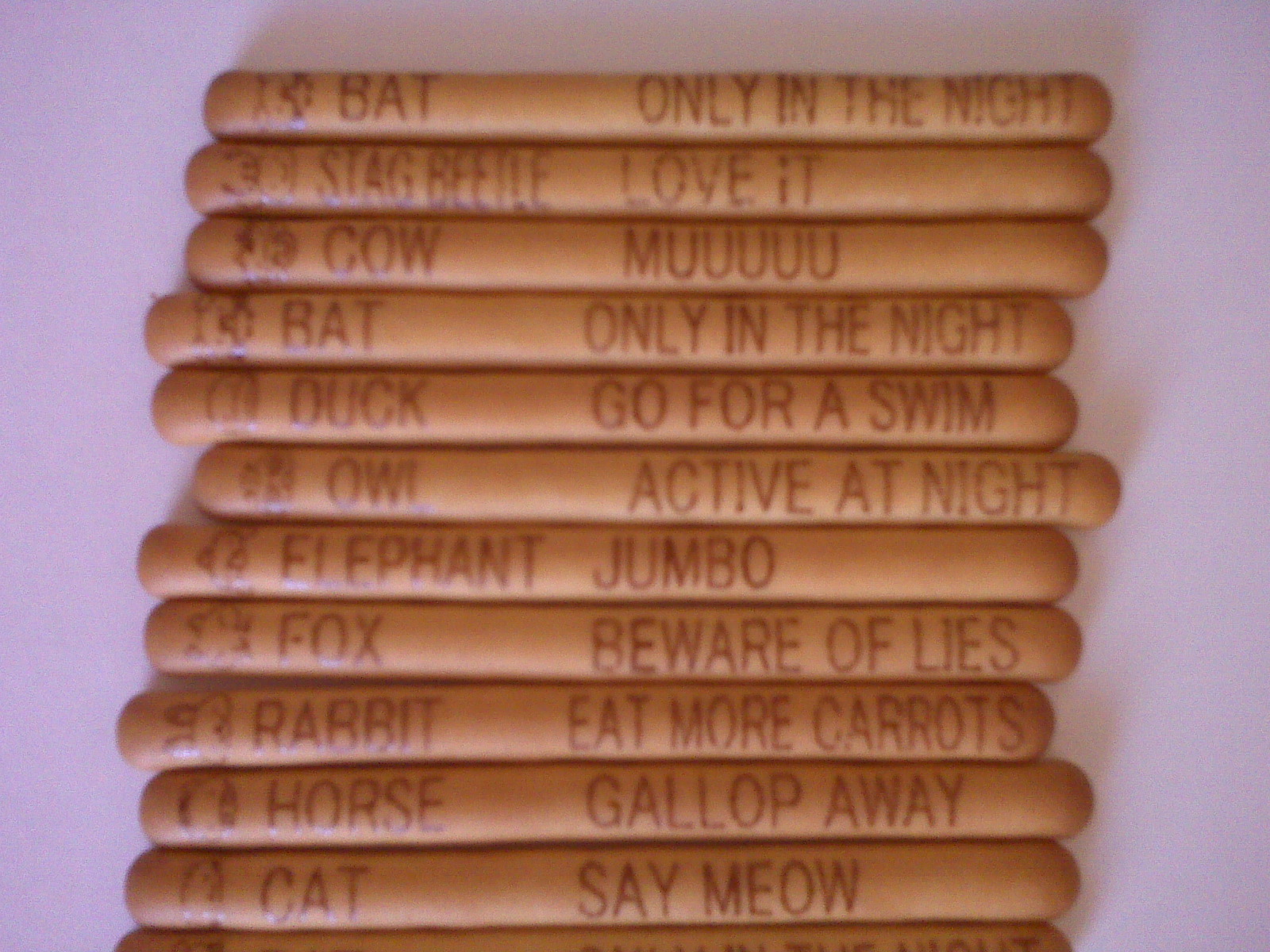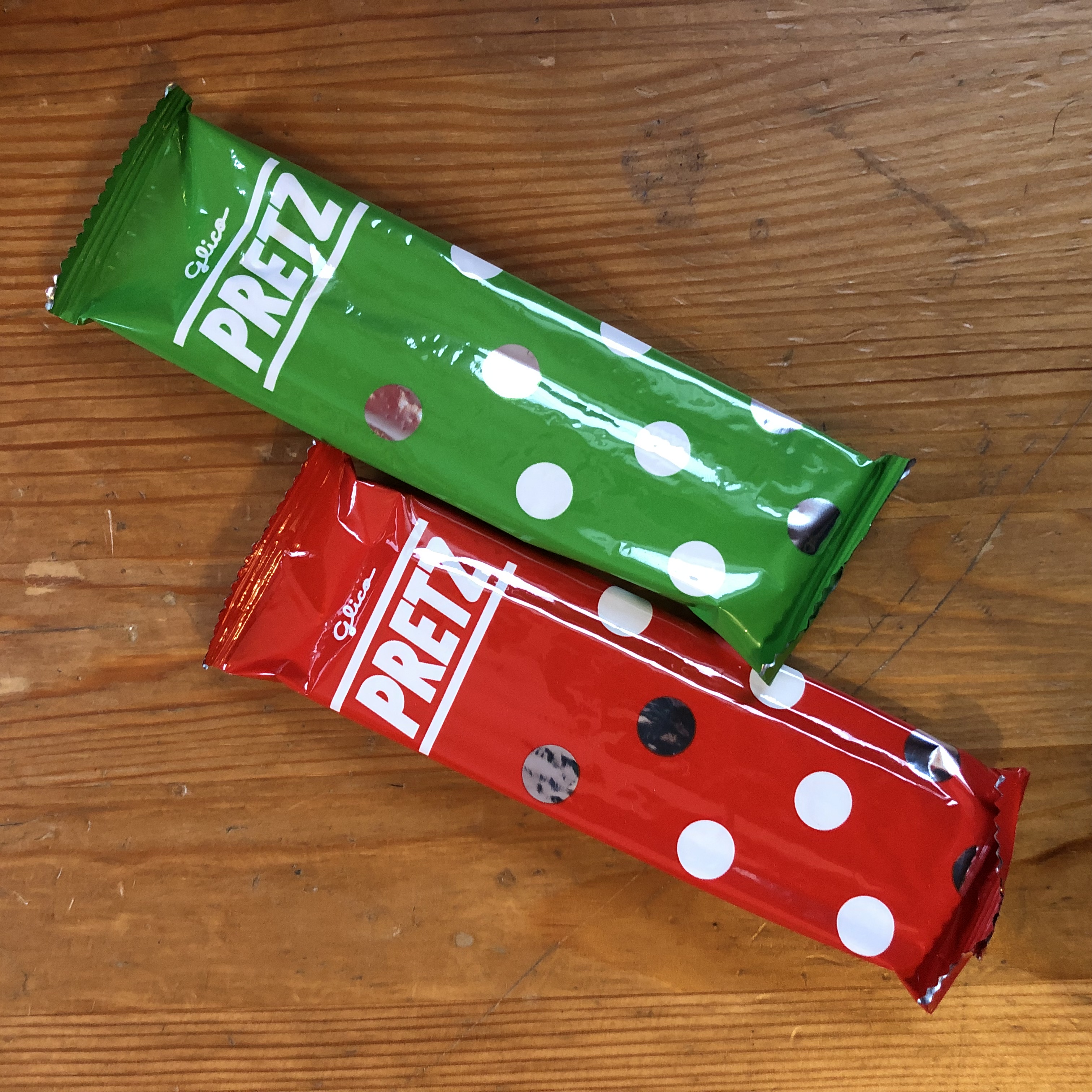|
Japanese Snack Food
This is a list of Japanese and finger foods. It includes both brand name and generic snacks. Types ''Anko'', or sweet bean paste '' Anko'' is a kind of sweet bean paste. Anko is mainly eaten during the afternoon green tea time in Japan. School students eat it after school, at home. *Botamochi *Daifuku ** - Daifuku with strawberry *Dorayaki *Manjū *Monaka *Imagawayaki *Kusa mochi *Taiyaki *Yōkan File:Botamochi,Ohagi,Katori-city,Japan.JPG, Botamochi File:Daifuku_1.jpg, Daifuku File:Ichigo daifuku 001.jpg, Ichigo daifuku File:Dorayaki_001.jpg, Dorayaki File:Imagawayaki_001.jpg, Imagawayaki File:Taiyaki 003.jpg, Taiyaki File:Taiyaki - cut section.jpg, Cut surface of Taiyaki. File:KurimushiYoukan.jpg, Yōkan with chestnut. Bean Beans with salt are mainly taken with beer in the evening. *Edamame * Soramame - boiled broad bean * - fried broad bean File:Edamame by Zesmerelda in Chicago.jpg, Edamame File:Fava beans from the Farmers' market ファーマーズマーケットで買 ... [...More Info...] [...Related Items...] OR: [Wikipedia] [Google] [Baidu] |
Japan
Japan ( ja, 日本, or , and formally , ''Nihonkoku'') is an island country in East Asia. It is situated in the northwest Pacific Ocean, and is bordered on the west by the Sea of Japan, while extending from the Sea of Okhotsk in the north toward the East China Sea, Philippine Sea, and Taiwan in the south. Japan is a part of the Ring of Fire, and spans Japanese archipelago, an archipelago of List of islands of Japan, 6852 islands covering ; the five main islands are Hokkaido, Honshu (the "mainland"), Shikoku, Kyushu, and Okinawa Island, Okinawa. Tokyo is the Capital of Japan, nation's capital and largest city, followed by Yokohama, Osaka, Nagoya, Sapporo, Fukuoka, Kobe, and Kyoto. Japan is the List of countries and dependencies by population, eleventh most populous country in the world, as well as one of the List of countries and dependencies by population density, most densely populated and Urbanization by country, urbanized. About three-fourths of Geography of Japan, the c ... [...More Info...] [...Related Items...] OR: [Wikipedia] [Google] [Baidu] |
Okonomiyaki
is a Japanese savory pancake dish consisting of wheat flour batter and other ingredients (mixed, or as toppings) cooked on a '' teppan'' (flat griddle). Common additions include cabbage, meat, and seafood, and toppings include ''okonomiyaki'' sauce (made with Worcestershire sauce), ''aonori'' (dried seaweed flakes), '' katsuobushi'' (bonito flakes), Japanese mayonnaise, and pickled ginger. ''Okonomiyaki'' is mainly associated with two distinct variants from Hiroshima or the Kansai region of Japan, but is widely available throughout the country, with toppings and batters varying by area. The name is derived from the word , meaning "how you like" or "what you like", and , meaning "grilled". It is an example of ( in the Kansai dialect), or flour-based Japanese cuisine. A liquid-based ''okonomiyaki'', popular in Tokyo, is called ''monjayaki''. Outside of Japan, it can also be found served in Manila, Taipei, Bangkok, and Jakarta by street vendors. History A thin crêpe-li ... [...More Info...] [...Related Items...] OR: [Wikipedia] [Google] [Baidu] |
Hi-chew
is a Japanese fruit candy sold by Morinaga & Company. Origin Hi-Chew candy was first released in 1975. It was re-released in the packaging of individually wrapped candies in February 1996. The origins of Hi-Chew began when Taichiro Morinaga sought to create an edible kind of chewing gum that could be swallowed because of the Japanese cultural taboo against taking food out of one's mouth. Morinaga already produced caramel. By combining his chewy caramel with flavoring, Morinaga was able to create his new candy called Chewlets in 1931. Morinaga, whose business was hampered immensely by World War II, had to rebuild his company from scratch, and Chewlets were reintroduced in the form of Hi-Chews, as they are known today. Description Hi-Chew candies are individually wrapped in logo-stamped foil or plain white wax paper (depending on the localization). Each individual candy piece consists of an outer white coating (this is the same for most flavors) and a colored, flavored interi ... [...More Info...] [...Related Items...] OR: [Wikipedia] [Google] [Baidu] |
Gumi 100
Gumi may refer to: * Gumi, Iran, a village in South Khorasan Province, Iran * Gumi, Nepal, a village development committee in Surkhet District, Bheri Zone, Nepal * Gumi, North Gyeongsang, a city in Gyeongsangbuk-do, South Korea ** Gumi University * Gumi or ''Elaeagnus multiflora'', a species of shrub or small tree native to China, Korea and Japan * Megumi Hinata (GUMI), Japanese singer and songwriter * The name of the Megpoid is a Vocaloid by Internet Co., Ltd. Her voice is sampled by Megumi Nakajima. The mascot of the software is called (stylized as GUMI). She is also sometimes called Megpoid GUMI, or GUMI Megpoid. The name "Gumi" is the voice provider Megumi Nakaji ... mascot from the Vocaloid franchise See also * * Kumi (other) {{dab, geo ... [...More Info...] [...Related Items...] OR: [Wikipedia] [Google] [Baidu] |
Calpis
Calpis ((カルピス, Karupisu))/Milkis ((밀키스, Milkiseu)) is a Japanese uncarbonated soft drink, manufactured by , a subsidiary of Asahi Breweries headquartered in Shibuya, Tokyo. The beverage has a light, somewhat milky, and slightly acidic flavour, similar to plain or vanilla flavoured yogurt or Yakult. Its ingredients include water, nonfat dry milk and lactic acid, and is produced by lactic acid fermentation. The drink is sold as a concentrate which is mixed with water or sometimes milk just before consumption. A pre-diluted version known as , or its carbonated variety, known as , are also available. It is also used to flavour ''kakigōri'' (shaved ice) and as a mixer for cocktails and ''chūhai''. Name Mishima's first two attempts, Daigomi and Daigoso, were named after the word . Inspiration was taken from the Sanskrit word '' sarpir-maṇḍa'' (Sanskrit: ), which is regarded as the greatest of all flavours in Buddhism. He wanted to do the same for Calpis a ... [...More Info...] [...Related Items...] OR: [Wikipedia] [Google] [Baidu] |
Botan Rice Candy
Botan Rice Candy is a specific brand of a category of Japanese candy called bontan ame (ボンタンアメ). Bontan ame are soft, chewy, citrus-flavored candy with an outer layer of rice paper or Oblaat. The rice paper is clear and plastic-like when dry, but it is edible and dissolves in the mouth. This candy was invented by Meiji Seika, Seika Foods in 1924. During this period, more and more Western-style sweets were becoming popular in Japanese society, and the appearance of this type of candy is intentionally similar to Western-style caramel candies. In Japan, these candies are sold as Dagashi, cheap candies and snacks marketed to Japanese schoolchildren, and are often in small sizes with bright colorful packaging with stickers or prizes included. ''Bontan'' (ボンタン) is a variant spelling of ''buntan'' (ブンタン), the Japanese word for Pomelo, which is commonly used as a flavor. Botan Rice Candy The specific brand Botan Rice Candy is an iconic export whose packaging f ... [...More Info...] [...Related Items...] OR: [Wikipedia] [Google] [Baidu] |
Konpeitō
, also spelled ''kompeitō'', is a type of Japanese sugar candy. It takes the form of a small sphere with a bumpy surface, and comes in a variety of colors and flavors. Etymology The word comes from the Portuguese word (''comfit''), which is a type of sugar candy. The characters (lit. "golden flat sugar") are selected mostly for their phonetic value and can also be written or . History The technique for producing sugar candy was introduced to Japan in the early 16th century by Portuguese traders. The infrastructure and refining technology of sugar had not yet been established in Japan. As uses a lot of sugar, it was very rare and expensive as a result. In 1569, Luís Fróis, a Portuguese missionary, presented a glass flask of to Oda Nobunaga in order to obtain the permit for mission work of Christianity. By the Meiji period, had already been culturally prescribed as one of the standards of Japanese sweets—the character Sugar Plum Fairy in ''The Nutcracker'' was ... [...More Info...] [...Related Items...] OR: [Wikipedia] [Google] [Baidu] |
Amezaiku
is Japanese candy craft artistry. An artist takes multi-colored ''mizuame'' and, using their hands and other tools such as tweezers and scissors, creates a sculpture. Amezaiku artists also paint their sculpted candy with edible dyes to give the finished work more character. Animals and insects are common amezaiku shapes created to appeal to children. Intricate animal characters are created with expert speed. Some amezaiku artists are also street performers who perform magic tricks and tell stories along with their candy craft entertainment. History During the Heian period, the art of amezaiku was used in Japan for candy offerings made at temples in Kyoto. The amezaiku craft spread beyond the temple during the Edo period, when many forms of street performance flourished in Japan and when its base ingredient, ''mizuame'', became widely available. In Edo it emerged in its present artistic form. Methods The candy base is prepared beforehand, using a starchy syrup recipe that r ... [...More Info...] [...Related Items...] OR: [Wikipedia] [Google] [Baidu] |
Yan Yan (snack)
is a Japanese snack food made by Meiji Seika since 1979. It comes in a package with two compartments. One side has biscuit sticks (which can be sometimes called cracker sticks), the other side has chocolate, strawberry, vanilla, or yogurt flavored frosting used for dipping. The sticks themselves may also be flavored. Some Yan Yan products are sold in rectangular containers with 9 sticks and dip. There is also a new version which includes two flavored dips. In 1982, British company KP Snacks began licensing Yan Yan for UK markets releasing it under the name Choc Dips. The sticks The sticks were once plain, but recently Meiji has placed pictures of various animals on them with quotes relating to that animal. The quotes are in English, but often appear unorthodox to native English speakers. Examples of these animal quotes include: * Balloon: Goes Pop * Bat: Only In The Night / Flying Mammal * Beetle: Thick Shiny Shell / Lucky Color: Brown * Butterfly: Flower to Flower * Cat: ... [...More Info...] [...Related Items...] OR: [Wikipedia] [Google] [Baidu] |
Pretz
Pretz (プリッツ, ''Purittsu'') is a Japanese snack made by Ezaki Glico. Like Ezaki Glico's other popular snack, Pocky, Pretz is stick-shaped and comes with a texture similar to pretzels. Unlike Pocky, Pretz is dusted with seasonings instead of enrobed in a flavoured fudge. Pretz comes in multiple varieties and three sizes: Regular, Kid's, and Giant. Most Pretz come in the Regular size, with some flavours also being offered in Giant size. The Kid's size is a smaller pack of Pretz and is sweeter to appeal to children. Kid's packages also come with a cartoon child on the package. The Double Pretz variety offers two separate flavours on a single Pretz stick (one flavor on each half) and the Meets Wine variety is a cheese-flavored Pretz named to suggest it be paired with wine. Flavors Pretz also differs from Pocky in that most of the flavours are savory rather than sweet. The following is a list of existing Pretz flavors: * Roast Pretz * Salad Pretz (also known as Original Pret ... [...More Info...] [...Related Items...] OR: [Wikipedia] [Google] [Baidu] |
Pocky
is a Japanese sweet snack food produced by the Ezaki Glico food company. Pocky was first sold in 1966, and was invented by Yoshiaki Koma. It consists of coated biscuit sticks. It was named after the Japanese onomatopoeic word , which is supposed to resemble the sound of the snack being cracked. The original chocolate-coated Pocky was followed by an almond-coated variant in 1971, and a strawberry coating in 1977. Today, the product line includes variations in the flavored coatings, such as milk, mousse, green tea, honey, banana, cookies and cream, strawberry and coconut, and themed products such as "Decorer Pocky", with colorful decorative stripes in the coating, and "Men's Pocky", a "mature" dark (bittersweet) chocolate version. World distribution Pocky is a very popular treat in Japan, especially among teenagers. In bars, it is sometimes served with a glass of ice water or milk. It also has a significant presence in other Asian countries, such as China, South Korea, Tha ... [...More Info...] [...Related Items...] OR: [Wikipedia] [Google] [Baidu] |
Koala's March
Koala's March ( ja, コアラのマーチ, Koara no Māchi) is a bite-sized cookie snack with a sweet filling. Made by Lotte, the product was first released in Japan in March 1984. In May 1990, the products were released in the United States. Originally, the snacks used the name "Koala Yummies" in the United States. But currently, the snacks use the name "Koala's March" in the same country (a translation of the Japanese title). Koala's March is in the shape of a koala with a picture of a koala on the outside of the cookie doing various activities. The filling comes in various flavors, such as honey, vanilla, cafe latte and banana including frozen banana. The two most common flavors are strawberry and chocolate, and are two of the flavors available in the U.S., along with white chocolate and matcha creme-filled chocolate cookies. The snack also comes in pineapple flavor, though it is rarer than the other flavors. Koala's March supports the Australian conservation group Australia ... [...More Info...] [...Related Items...] OR: [Wikipedia] [Google] [Baidu] |





